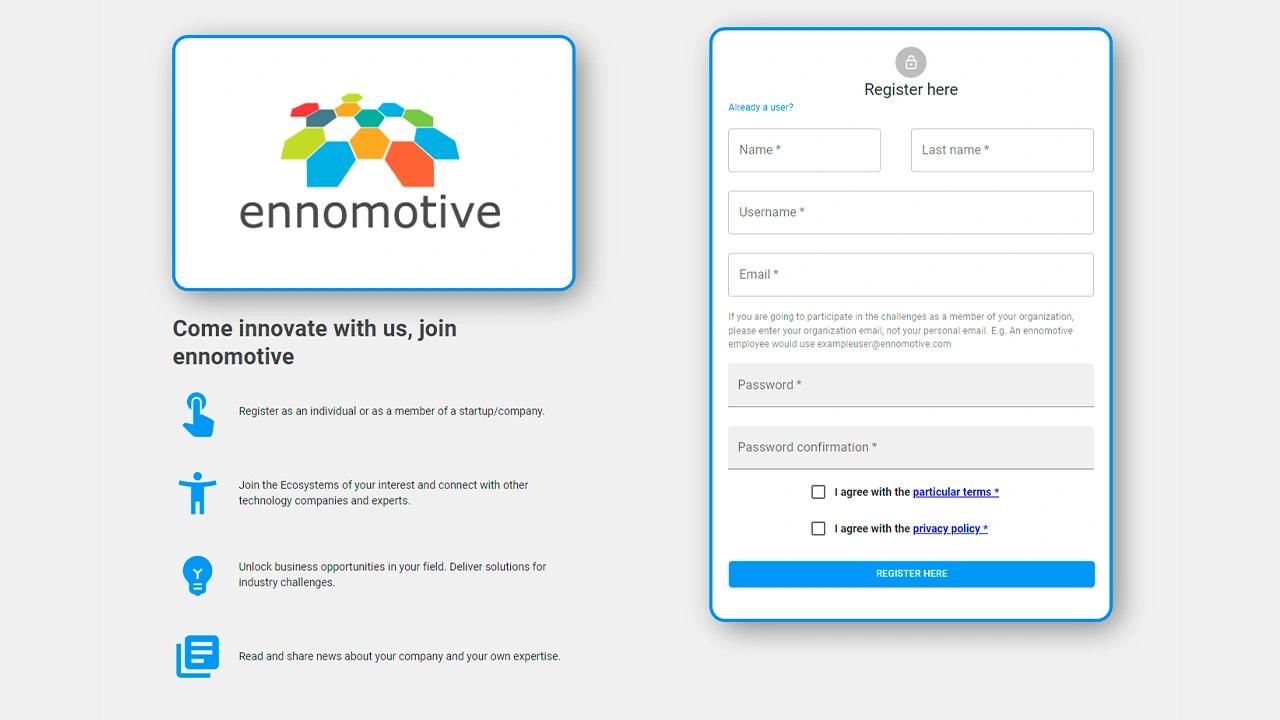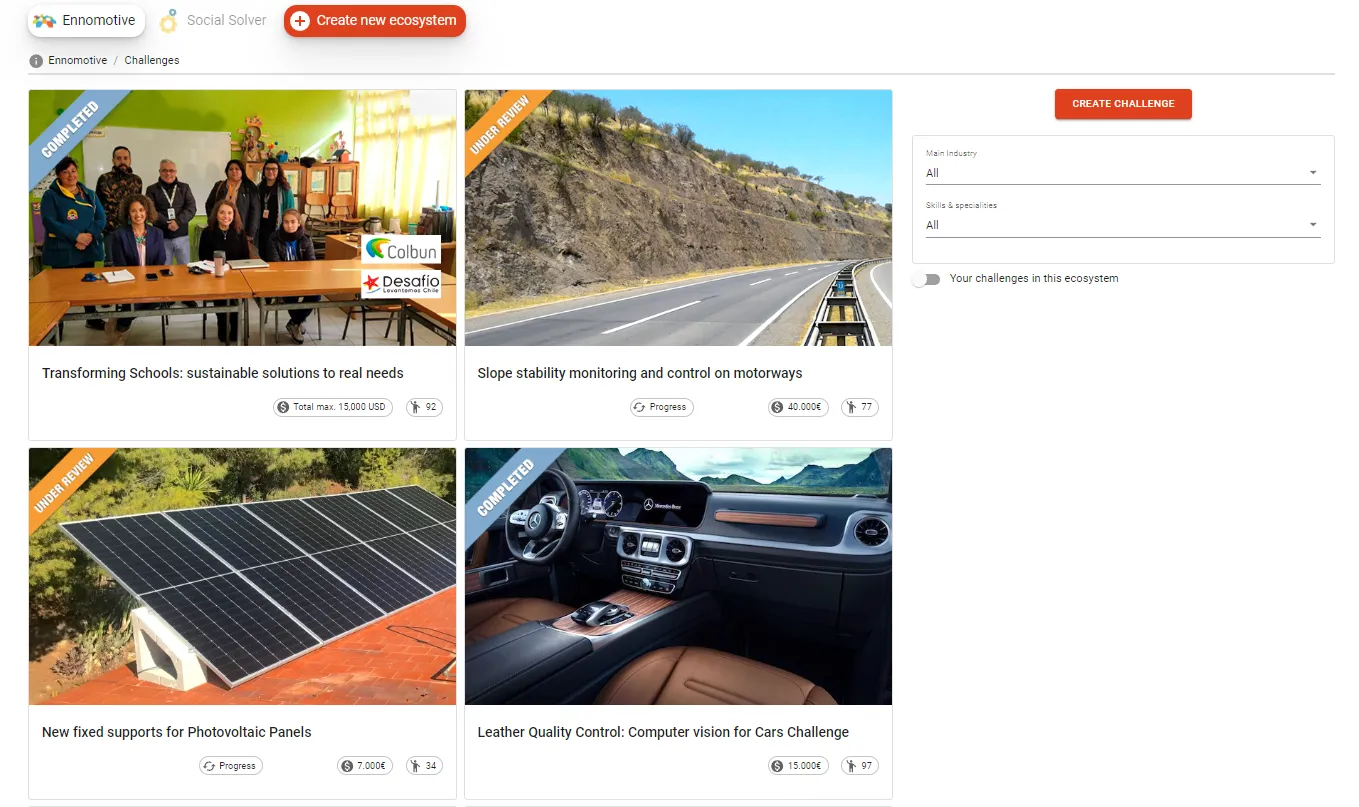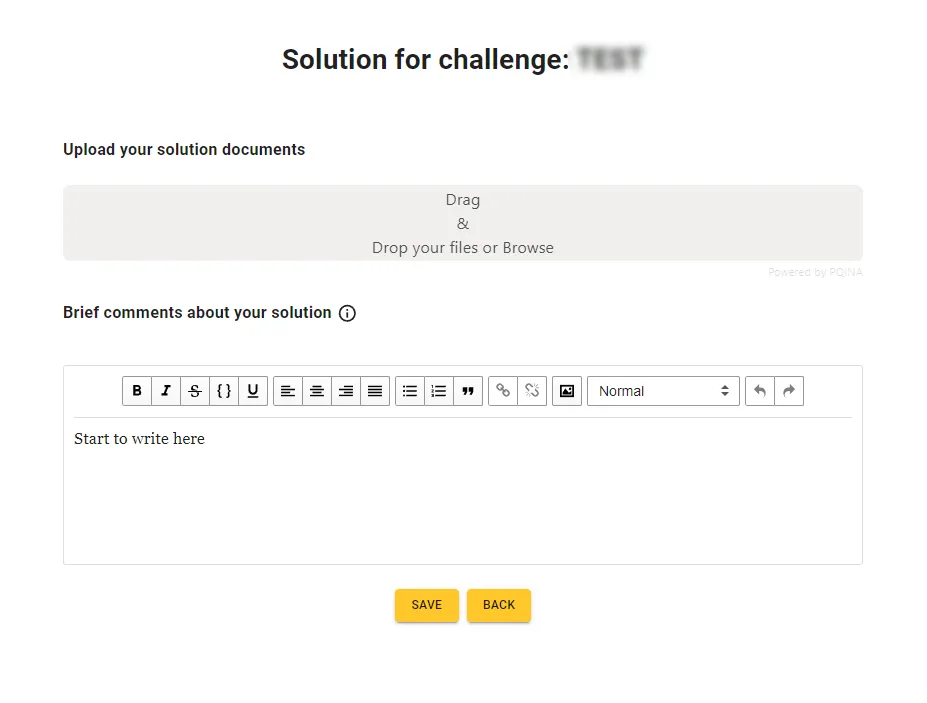Context - Background
Climate change and rising electricity costs have led to increasing investment in renewable energy. Small and large PV plants are one of the most cost-competitive systems.
These facilities have become popular in homes and industrial buildings, making them the most viable and accessible option. The market has become more complex with new entrants, manufacturers and installers, along with new products.
Over time, the types of PV panels for flat roofs have evolved to enhance their efficiency, ease of installation and durability.
The opportunity - The challenge
The installation of photovoltaic panels in the roofs of houses and buildings, requires the raising of the equipment necessary to its installation.
In the case of flat roofs, there are basically three installation options:
- put fixed concrete supports
- metal frames screwed to the roof or
- metal frame or plastic pieces glued to the roof.
The installation work is often performed by a team of 2 or 3 people, with few mechanical resources for handling heavy loads and a ladder to climb on the roof.
In the case of using concrete supports, it is necessary to hire a forklift or similar to lift the supports that weigh about 60 kg. each. This requires coordinating the availability of the nacelle and having an appropriate place for approaching and a vertical façade that gives directly to the roof.
In addition, the handling of the supports requires two operators, dragging them along the roof in many cases.
The reason for this high weight is not only structural, but it is necessary to keep the foot in contact with the roof so that the panel does not go flying because of the wind.
This is a widely used solution due to its simplicity and especially its low cost.
What we are looking for
We are looking for a solution that improves the current concrete supports (of this or any other material), maintaining its functionality and cost (total cost includes today the rental of foklifts or cranes), but increasing flexibility in its modes of use.
The supports must support at least one 2,5m x 1m solar panel, both horizontally and vertically, without attaching adhesive or other means to the roof.
The proposed solution should be easily handled, moved and assembled by a single operator, so that the full or support part does not exceed about 5 kg in weight.
Ideally, the solution should have the minimum number of parts and serve to mount the panels with varying degrees of inclination, according to the latitude of the place. It would be desirable that the inclination be easily modified by a single person so that it can be modified twice a year (winter/summer) to increase total solar production.
Illustrative examples can be found for the sun umbrellas supports. Initially supports were made on concrete but new solutions came into the market: new plastic supports to fill with water or sand or concrete slabs divided into 4 parts easily assembled with a small metal structure. Another example can be found for mobile or home basketball hoops.
Evaluation criteria
- Novel design
- Easy handling and transport by a single operator.
- Easy installation, lower assembly time.
- Maximum safety and minimum maintenance of the installed solution.
- Maximum flexibility in use cases.
- Lower cost
This is a challenge with the following deliveries:
1. A PDF document that includes:
- Technical description of the proposed system and its mounting method. Use cases.
- Detailed specification of required equipment and facilities (drawings, materials...).
- Calculation of the resistance of the parts and expected wind.
- Estimate of the cost per unit and investments required (manufacturing molds, special tools...), including parts, equipment and commercial and specific suppliers.
- In addition, you can add attachments to support your solution.
Deadlines:
1 round - 8 weeks for delivery (the deadline is April 13, 2023) + 4 weeks for evaluation (the winner will be communicated from May 11)



